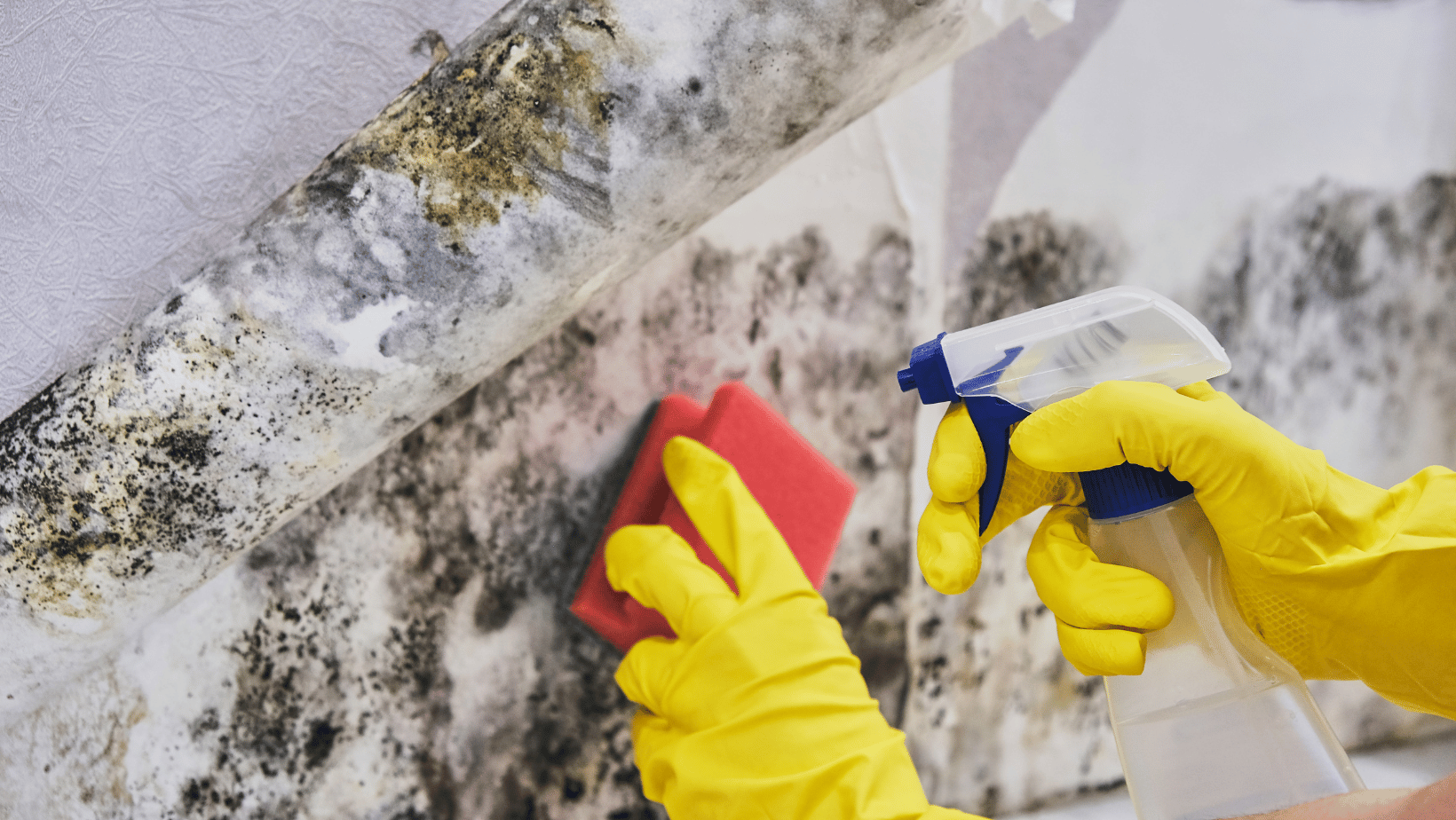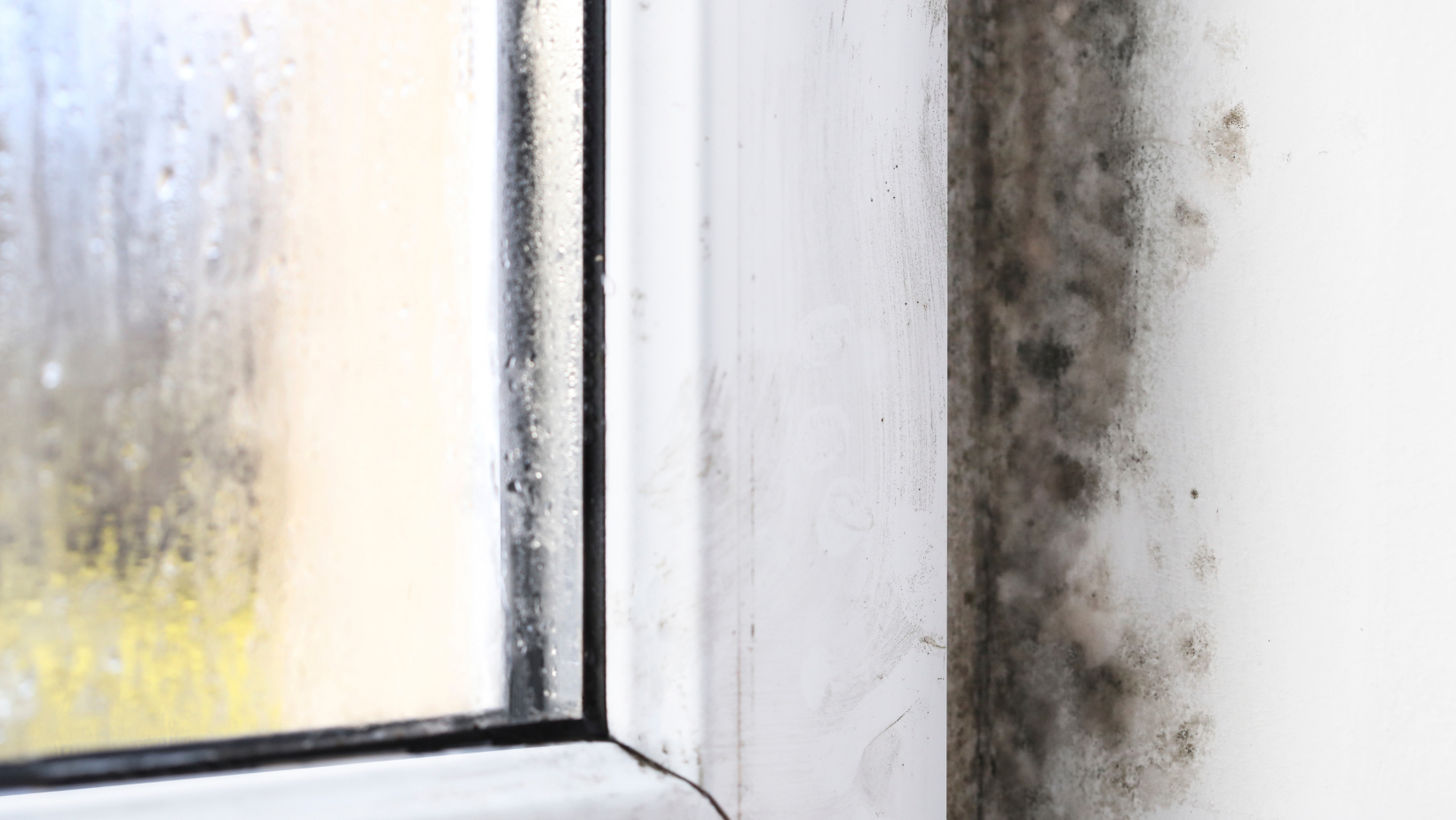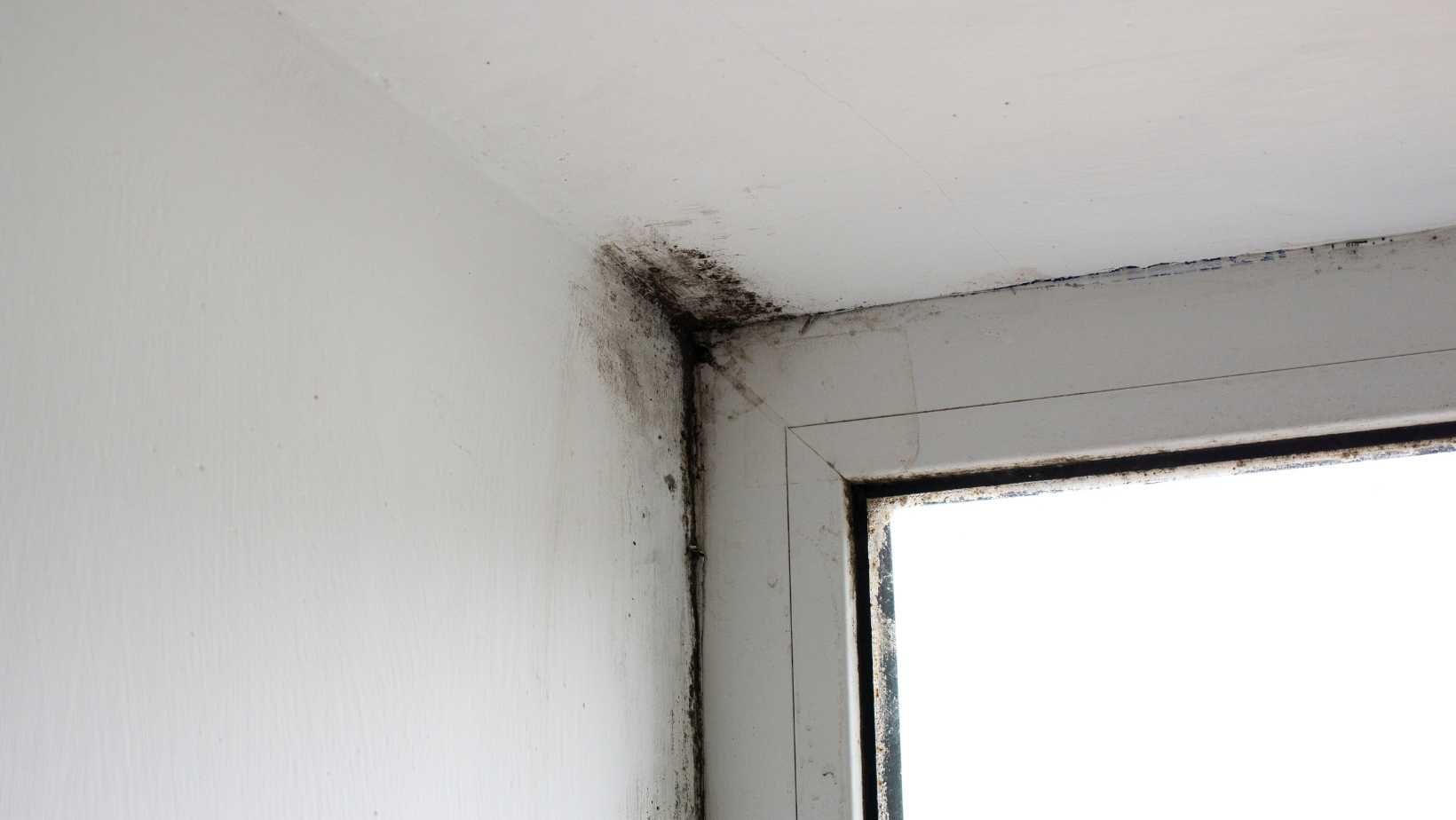Why You Should NEVER Paint Over Mold
Moldy walls, ceilings, furniture and contents are most often the result of an underlying moisture issue like high humidity, water buildup from a slow leak, flooding or other water source. Mold is a biological contaminate that requires removal. Now, there are a lot of products at your local hardware store that will make a lot of claims to “kill” mold. But, the fact is that even “dead” mold is still viable, can cause property damage, can compromise your indoor air quality and potentially make people sick. The proper protocol for mold is removal from the environment. Additionally, the water source that caused the fungal growth in the first place needs to be properly addressed. Mold and & moisture issues can cause property damage, structure issues and health implications. If you suspect a potential mold issue, contact a local mold inspector in Lafayette for a consultation.
Can I Paint Over Mold?
Short answer – NO. Painting over mold is a very temporary cover-up. Paint does not remove mold or prevent its regrowth. By just painting over a moldy surface, you are not actually fixing the problem. Unlike water staining or discoloration, mold is an active organism that spreads by feeding on cellulose-based materials and water. In damp enough conditions, mold spores germinate and root into the porous building materials nearby. A coat of paint covers the mold, but the spores and root systems still exist under that coat of paint and will inevitably grow through the paint over time if the root system isn’t removed and the moisture issues continue.
Depending on the severity of the contamination, some moldy building materials, like subflooring, floor joists and framing members, can be effectively cleaned following specific mold remediation protocols. Other building materials, like drywall, carpeting and insulation, typically cannot be effectively cleaned and will need to be carefully removed while under containment.
Does “Mold-Proof” Paint Work?
Mold-proof or mold-resistant paints are designed as preventative measures to be applied to clean surfaces to limit the probability of mold developing on the surface. These paints were not created to eliminate mold spores and roots that were already present. When it comes to tackling an EXISTING MOLD problem, mold-proof or mold-resistant paint is just as ineffective as conventional paint. It's the equivalent of putting on a bulletproof vest after being shot. The vest does not magically dislodge the bullet; likewise, mold resistant paint does not magically remove the mold.
Mold-proof or mold-resistant paint should be applied to clean and mold-free surfaces. It can be applied before mold ever develops in the first place, or it can be applied to the cleaned surfaces after a proper mold remediation. The main point to remember is that mold is not an issue in these instances and the mold-resistant paint is used to keep it that way. While mold-resistant paints are a great deterrent for mold, it is important to keep in mind that it is not the end all be all. The true key to mold prevention is moisture control. If you are dealing with a mold problem, you have to get the moisture issues under control; otherwise, fungal growth is inevitable.
Why is Painting over Mold a Bad Idea?
Mold and moisture issues often worsen with time. So, by painting over mold, you are just prolonging the inevitable by allowing time for the issue to just get worse. Neglected mold and moisture can lead to additional issues later down the time.
Temporary Fix: Painting over mold is a very temporary bandage for a problem that requires a more complex cleaning and repair. Unaddressed water and mold will continue to develop and spread under the paint, which will eventually grow through the paint. By then, you’ll just have more mold and more damage that will require a more extensive cleanup and repair.
Worsening Conditions: Mold & moisture issues do not go away on their own. Not only will mold not go away, it will likely just get worse. Just because you can't see it through the coat of paint, does not mean it’s not there. As long as there is moisture, painted over mold will continue to feed on your building materials, germinate and spread to previously unaffected areas. Not only is painting over mold ineffective, neglect over time will cause a minor problem to develop into a widespread contamination and cause more property damage.
More Expensive Repairs: As with other house repairs, the more serious the issue, the more expensive the solution. You should not attempt to save money by painting over mold. One, it is not a real solution. Two, you are only postponing the inevitable. The issue only appears to be solved... until it grows through the paint. If mold is spreading through your paint, you've got a big problem on your hands. The mold problem under the paint has spread throughout that time. The expense of remediation at that point is almost certainly significantly more than the cost of appropriately dealing with the mold and moisture at the time of discovery.
Health Risks: Mold spores, even those that have been painted over, have the ability to emit harmful mycotoxins. Painted over mold could imply prolonged exposure to potentially toxic mold. The health risks connected with severe mold development differ from person to person. The only method to avoid being ill as a result of mold is to actively eliminate the mold growth and restore normal indoor mold levels.
Dealing with Indoor Mold Growth with Proper Mold Remediation
There are a number of reasons why a property owner might choose to paint over a mold problem. One reason being that property owners are often misinformed about mold. While not all incidents of mold growth necessitate professional intervention, painting over it is never the right solution. Mold needs to be removed from the environment to ensure the restoration of clean and safe conditions. All moisture issues need to be properly addressed because keeping the areas dry is the best way to prevent regrowth.
Industry standard advises that minor areas (under 10 square feet) of fungal growth on hard, non-porous surfaces can be cleaned up without the help of a professional. On the other hand, larger areas of substantial mold should be assessed and treated by a local mold removal professional near you. If you uncover a serious mold problem in your residential or commercial property, don’t just reach for the paint – contact a mold cleanup specialist with the training, certification and experience to properly handle to situation.
You might also like
DryMax Mold Blogs




